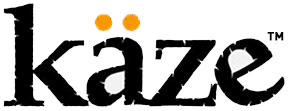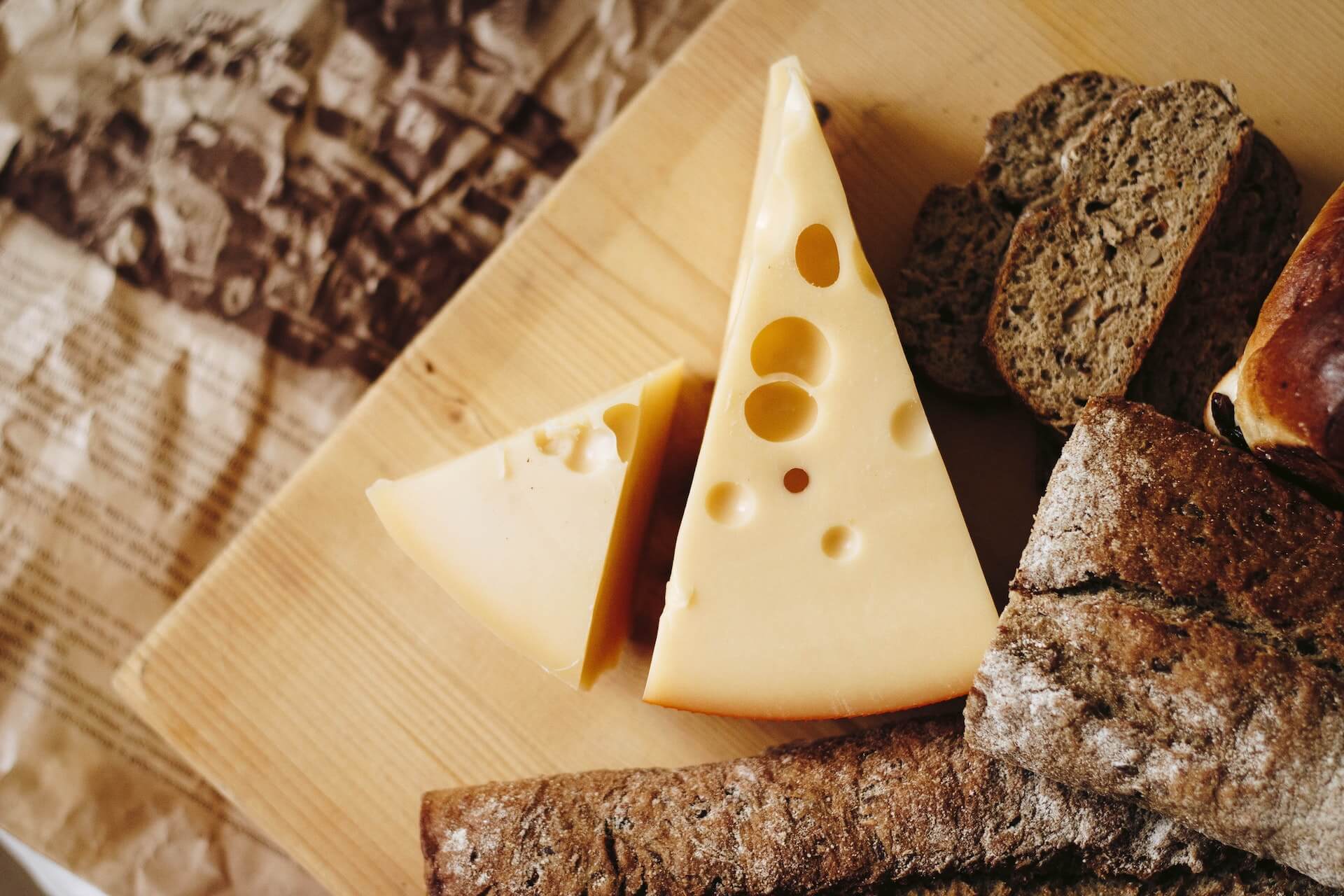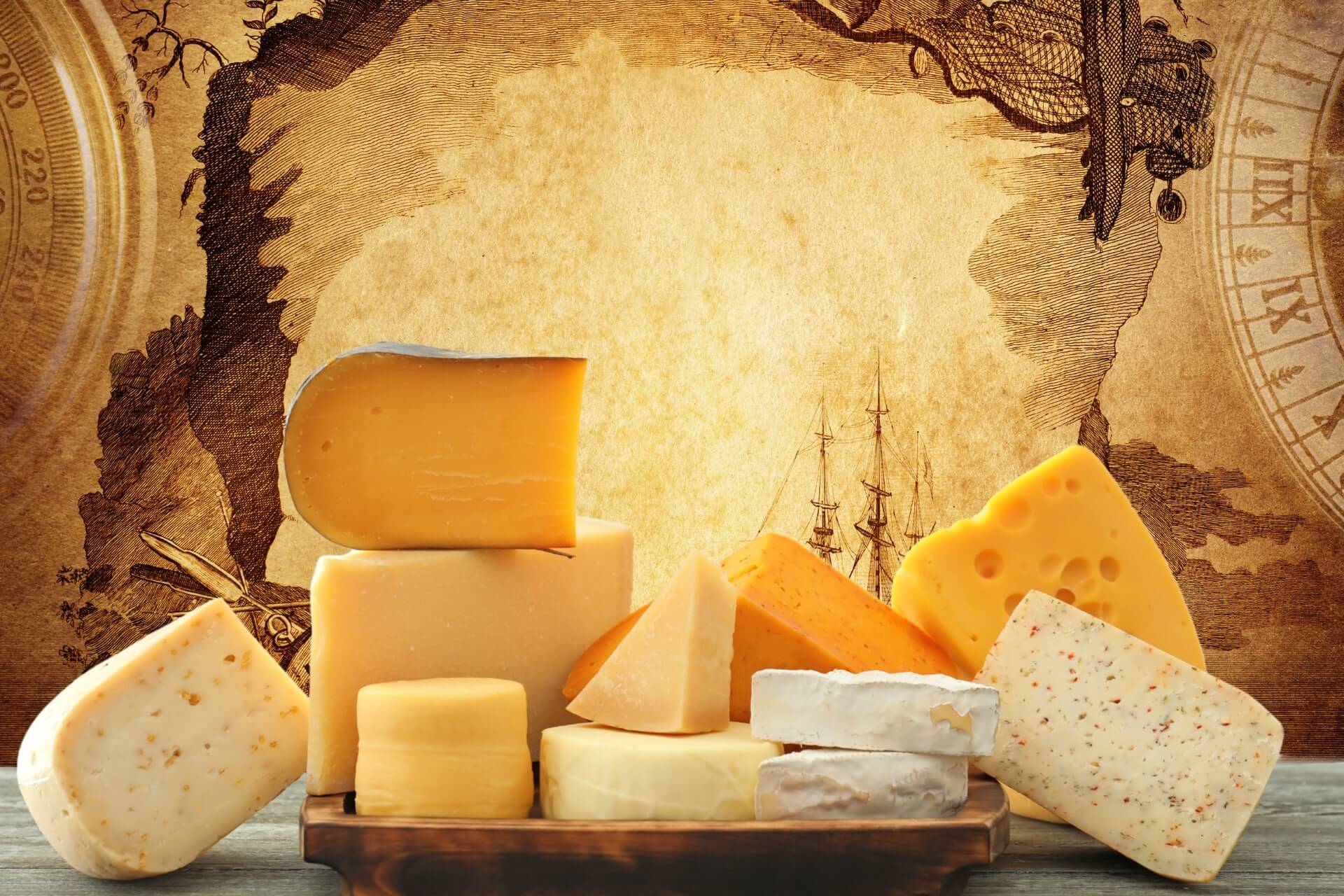Have you ever asked yourself, “Why does Swiss cheese have holes?” These holes, which many people refer to as “eyes” certainly make cheese more interesting. And no — these holes aren’t carved by cheesemakers themselves. Rather, they develop naturally as part of the cheese production process.
Apart from these distinctive Swiss cheese holes, Swiss cheese supports weight loss, thanks to its low carbohydrate content and satiating effect [*].
For today’s guide, we’ll focus on explaining why Swiss cheese have holes and how big these holes can get. Also, we’re going to show you other types of cheese with this notable quality.
Why Does Swiss Cheese Have Holes?
The holes in Swiss cheese actually come from the addition of Propionic acid bacteria (PAB) called Propionibacterium shermanii, or P. shermanii, for short. This bacterium produces large amounts of carbon dioxide (CO2), creating small bubbles in the cheese. These bubbles eventually pop and form holes as Swiss cheese cools to about 40°F [*][*].
Propionibacterium shermanii bacteria are gram-positive. They’re non-motile and are shaped like short rods. But perhaps the most important thing to keep in mind is that they serve as starter cultures and are necessary for successful Swiss cheese production [*].
How Does Swiss Cheese Get Its Holes?
Most people believe that Swiss cheese holes result from the carbon dioxide released by Propionibacterium shermanii, which ripens the cheese and contributes to its nutty flavor.
Alternatively, Agroscope (the Swiss Confederation’s center of excellence for agricultural research) proposed that the holes were, instead, caused by hay particles that fall into the buckets that collect the cow’s milk. These “microparticles” remain during the cheesemaking process and form the eyes in cheese.
How Big Can the Holes Be in Swiss Cheeses?
According to the US Department of Agriculture, “Swiss” and “Emmentaler” cheese (which are interchangeable terms) should have holes ranging from 3/8 to 13/16 inches in diameter.
Note that this should apply to the majority of the holes in order for Swiss cheese to meet the US grade A standard. Furthermore, these “eyes” should be well-developed round or slightly oval [*].
US grade B Swiss cheese eyes should also mostly have a diameter of 3/8 to13/16 inches, and “dead eyes and nesty” should be present only to a very slight degree [*].
US grade C Swiss cheese may have the following hole characteristics to a slight degree — afterset, cabbage, collapsed, irregular, large-eyed, and small-eyed [*].
Is Swiss Cheese the Only Cheese with Holes?
No, Swiss cheese isn’t the only one with holes. Havarti cheese also has small holes all over its surface due to the beneficial bacteria added to it. Another cheese with eyes is Tilsit, which has tiny irregular holes with a supple interior.
Summary
The history of cheese isn’t the only thing that’s interesting about this healthy food. The steps involved in creating it, especially the addition of microbes that contribute to its flavor and appearance, make cheese truly compelling.
So, it’s not surprising that a lot of people love cheese so much! Whether Swiss cheese has holes because of bacteria or hay particles, it doesn’t matter. Swiss cheese is here to stay.
If you want to taste other cheeses in their snackable form, head over to our Käze shop. Explore our Classic Flavors, Flavor Fusions, and Keto Medley.




